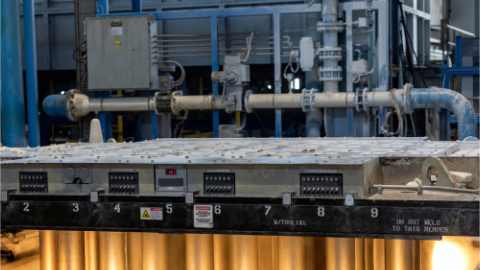
NanoGraf Corporation – formerly SiNode Systems – has been awarded a $7.5 million technology development contract from The United States Advanced Battery Consortium (USABC) for the commercialization of high-energy anode materials. USABC is a subsidiary of the United States Council for Automotive Research LLC (USCAR) and is a collaboration between Fiat Chrysler, Ford, and General Motors. Under a cooperative agreement with the U.S. Department of Energy (DOE), its mission is to develop electrochemical energy storage technologies that support commercialization of hybrid, plug-in hybrid, electric, and fuel cell vehicles.
NanoGraf, which was founded at Northwestern University, has worked with Argonne National Laboratory to focus on improvements to lithium-ion battery anodes that provide faster charging and more energy. NanoGraf’s technology uses a proprietary silicon alloy-graphene material to achieve high performance and solutions. Its combination of silicon-based alloys and a flexible 3D graphene network helps stabilize the active material during charge and discharge. Current graphite-based anodes offer a capacity of 372 mAh/g. NanoGraf’s material can be customized to achieve capacities between 1000 mAh/g and over 2500 mAh/g – delivering higher cell level energy density and rate capabilities for high discharge applications.
The development contract, which includes a 50 percent cost sharing arrangement, is funding a 36-month project and aims to commercialize silicon-based materials for use in lower-cost batteries that hold more energy.
“The high-energy anode materials commercialization contract award with NanoGraf is part of USABC’s broad battery technology research and development program,” said Steve Zimmer, executive director of USCAR. “Programs like this are critical to advancing the technology needed to meet both near and long term goals that will enable broader scale vehicle electrification.”
